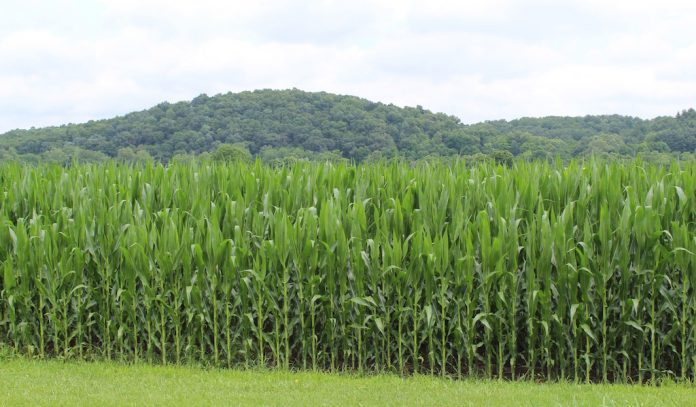Dinah Washington sang her way to a Grammy in 1959 with “What a difference a day makes, 24 little hours…” She wasn’t the first, or the last, to record the English version of the Spanish song. A check on Wiki gave me at least 35 recordings.
It was the Esther Phillips 1975 disco version that went around in my mind June 30, as futures markets in Chicago reacted to a sea change in the market fundamentals. The United States Department of Agriculture (USDA), in the form of National Agricultural Statistics Service (NASS), released an updated acreage report that was way outside industry expectations.
Mood changer
The result was an instant change in the mood of the market. You know, what a difference a day makes! Traders focused on one number. The USDA now says we only planted 92 million acres of corn. This was an increase of 7.29 million from last year, but it was a shock to the market because it was a huge revision from the March 31 planting intentions report. At that time USDA said we would plant 97 million acres, 5 million acres more.
The actual planted acres has long been a bone of contention among market observers. Fertilizer dealers had speculated that we would not have enough fertilizer in the country to plant the 97 million acres. Market advisors had trouble with the idea that farmers would plant that much, given prices and a rosier picture possible for soybeans, coupled with lower production costs.
Going into the report, the average trade guess for corn acres was 95.2 million, although there were those looking for lower numbers. Turns out that the actual acres were much less than the market had been trading, and a price change came quickly.
December corn futures traded a range of 22 cents on report day, putting in a high of $3.541⁄4, and closing at $3.501⁄2. Prices were lower a couple of days going into the report, and made a contract low of $3.22 June 26. Follow through from the report came as late as July 1, with a December futures high of $3.63, a 41-cent bounce off the bottom.
On July 7, July corn futures were trading at $3.511⁄2, down four and a half cents for the day. December futures were at $3.501⁄4, down six cents. This may represent some profit taking after the price revisions, or there may be some developing news, or it may be a reaction to bearish grain stocks numbers also reported June 30.
NASS/USDA did raise the soybean acreage number from the 83.51 million estimated the end of March to 83.825 million, a small change, especially compared to the corn number. In March, they expected a 10% increase from last year, and they are sticking to it. Still, this was a surprise for the soybeans, since the trade estimate was higher than the USDA by 891,000 acres.
Acreage change
There was always speculation about how we could increase acres of both corn and beans that much, and now the numbers have changed. The total planted acres for the two crops has declined sharply.
Conversation on our AgSurion conference call was partly about unplanted acres in some parts of the country. I don’t know what other factors go into the acreage change. With soybean planted acres coming in below trade estimates, and with the bounce in corn prices pulling soybeans along, the November bean futures gained 20 3⁄4 cents for the day on a 271⁄2 cent range. November beans hit a low of $8.563⁄4 June 29 before the report, but made a high of $9.121⁄2 July 6.
Soybeans have had a brighter picture than corn. We have relatively less carryout projected and keep getting small sales to China, which were anticipated, but not actually in the USDA balance sheet when we started the crop year. This USDA report has contributed to the idea that beans can improve, and futures prices above $9 for the first time in a while confirms that.
Lost in the dust of the race to revise the market ideas of new crop supply were the grain stocks numbers. The market temporarily ignored corn stocks of 5.224 billion bushels, above the trade estimate of 4.951. Soybeans stocks were reported at 1.386 billion, actually below the trade estimate of 1.392 billion bushels.













